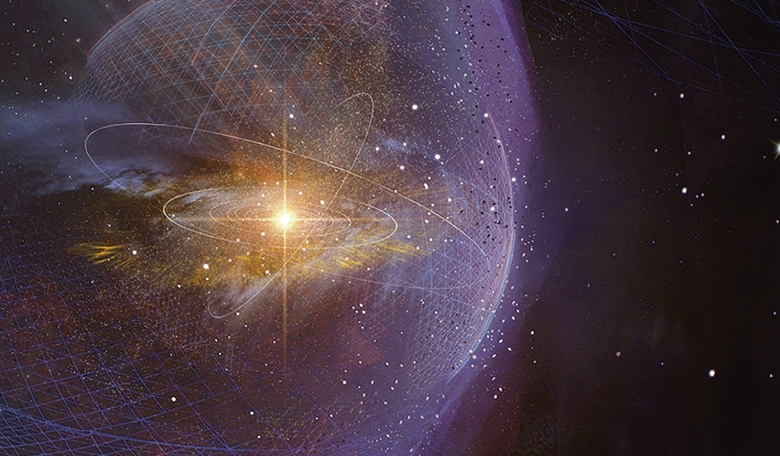Within the realm of the Sun’s heliosphere, magnetometers on many international spacecraft have been measuring magnetic fields for decades, proving that even in a region where gravity dominates, there are zones where magnetic fields govern the physics. Recent observations show that the magnetic field is important on all astronomical scales, from the formation of stars and planets to the evolution of galaxies and clusters. The authors describe how new research is revealing this dramatic magnetic universe.
Now that we understand the importance of the magnetic field on all astronomical scales, it is difficult to see why astronomers have apparently ignored this fundamental force of nature in their endeavours to understand the physics of the universe and the objects therein. One of the reasons is that the magnetic field has been difficult to measure; and if you can’t measure the magnetic field, you can’t model it. As a result, astronomers have had little choice but to gloss over the magnetic field in their models and calculations.
This situation is changing with the new telescopes and techniques that have been deployed recently and astronomers are now confronted with data that are so compelling that they can no longer ignore the role of the magnetic field. For example, high-quality polarisation measurements have provided insights into astrophysical environments from collapsing clouds, where stars and planets are forming, to galactic disks, where hundreds of million of stars are evolving, and galactic centres where enormous black holes reside.














